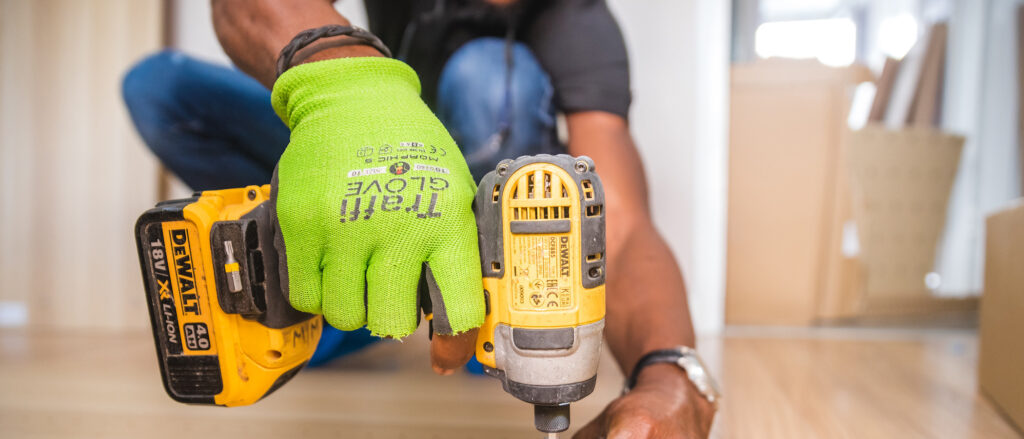
Now more than ever, older people are wanting to continue living in their homes instead of moving into care facilities. At the same time, health agencies have long predicted that the anticipated demand for occupying beds in care facilities by Baby Boomers will overwhelm the system in the future. One solution that can help seniors and individuals with disabilities to stay in their own homes is to make modifications to accommodate any challenges they may be experiencing. Through the federal Home Accessibility Expense tax credit (line 31285 on your income tax claim form), qualifying and eligible individuals can receive a total tax credit of up to $10,000 for any home renovations and alterations that assist a disabled person or someone age 65 and up with safely living at home.
“There are a number of circumstances where this can be applied,” said Sharlane Bailey, Owner of Canwest Accounting. “If a qualified person needs renovations to widen doorways or have counters and cupboards lowered to accommodate a wheelchair, this expense may be written off. It also applies to family members who may need to make modifications to their home, possibly to a ground-level suite, to enable a disabled child, or their parents or grandparents to live there.”
Who qualifies?
Qualifying individuals are 65 years or older or are eligible for the disability tax credit, as well as their spouse or common-law partner. Also eligible are the parents, grandparents, child, sibling, grandchild, or niece/nephew of a qualifying individual or their spouse, as long as they can qualify as a caregiver of the senior or disabled person. Eligible homes must be owned or co-owned by the qualifying or eligible individual and must be inhabited by the qualifying individual.
The renovations covered by this tax credit must assist the qualifying individual to gain access to or function better and more safely in the dwelling. The alterations must not be temporary to qualify. Eligible individuals can claim expenses for materials, paid labour for which they have a receipt, as well as building plans and permits.
To explore further whether you may be eligible for the Home Accessibility Expense tax credit, look on Revenue Canada Agency’s (CRA) website or speak with us at Canwest Accounting.
To have the exceptional team at Canwest Accounting save you time and money by doing your bookkeeping, tax planning for your business, payroll, and tax filings, call or email us. Our offices in Victoria and Langford are still closed to the public to keep everyone safe during the COVID-19 pandemic, but we have a pickup and drop off service that is very convenient.
DISCLAIMER
The suggestions and advice provided by Canwest Accounting should not be relied upon in place of professional advice. You are responsible for checking the accuracy of relevant facts and opinions provided.




